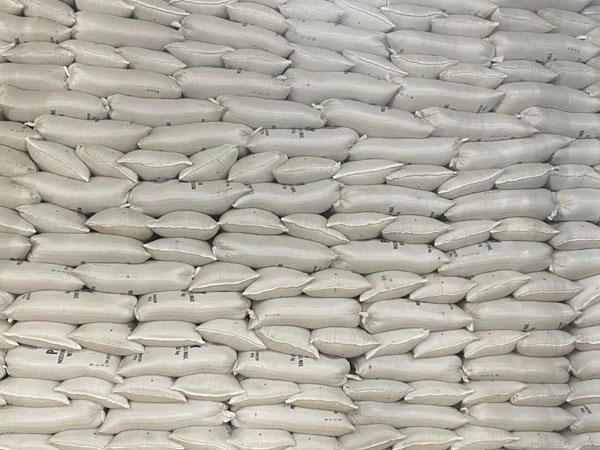A Japanese government panel on Tuesday proposed diverting more tariff-free imported rice to human consumption rather than using it for animal feed or other purposes, as prices remain elevated due to insufficient domestic crops.
Japan currently imports around 770,000 tons of rice annually, mainly from the United States, under the minimum access commitment based on World Trade Organization rules. Of the amount, up to 100,000 tons are allocated for regular dietary use.
The panel under the Finance Ministry recommended that the quota system should be managed more flexibly to respond to demand from private companies and households, saying the move would support stable domestic supply.
Serving as a key member of the panel, Hiroya Masuda, president of Japan Post Holdings Co., told reporters that having multiple options, such as increasing the import quota for human consumption, would act as a beneficial "control valve" for managing domestic demand.
Japan's rice prices rose to a record average of 4,214 yen ($29) per 5 kilograms, more than double the price a year earlier, official data showed Monday, despite recent stockpile releases by the government aimed at increasing supply.
Of WTO-obligated minimum access rice imports for the year through March 2024, U.S. crops accounted for 45 percent.
Demand from businesses has been rising following ballooning prices that caused public concern since last summer.
The administration of U.S. President Donald Trump, meanwhile, has complained that Japan's rice import system is opaque and has hindered exports from the world's biggest economy, fanning expectations that the issue may be included in upcoming Japan-U.S. tariff negotiations.














© Copyright 2025 The SSResource Media.
All rights reserved.